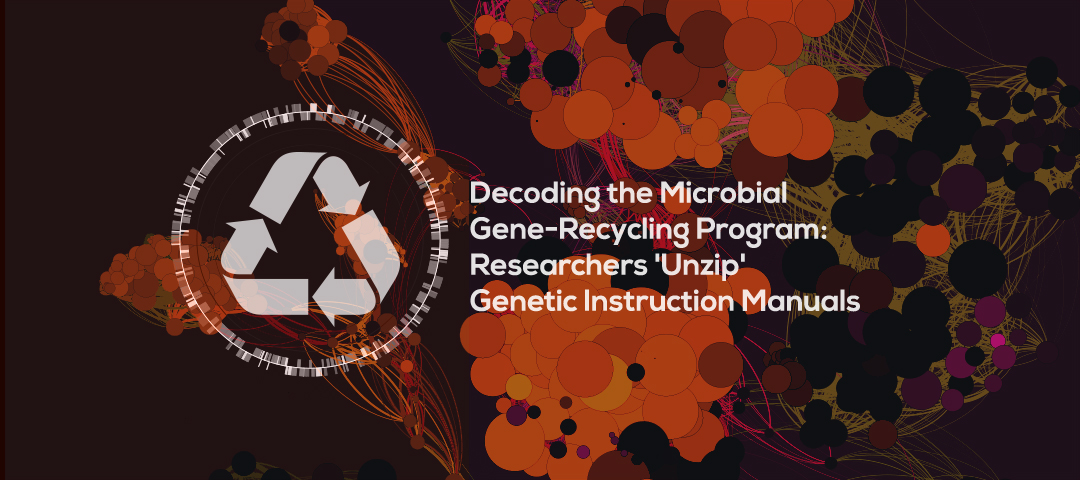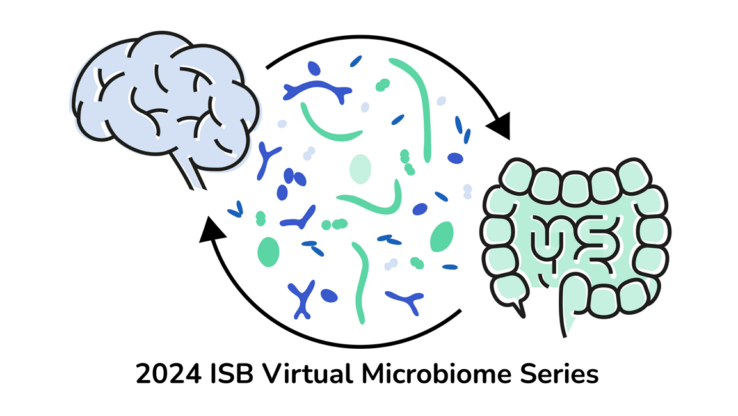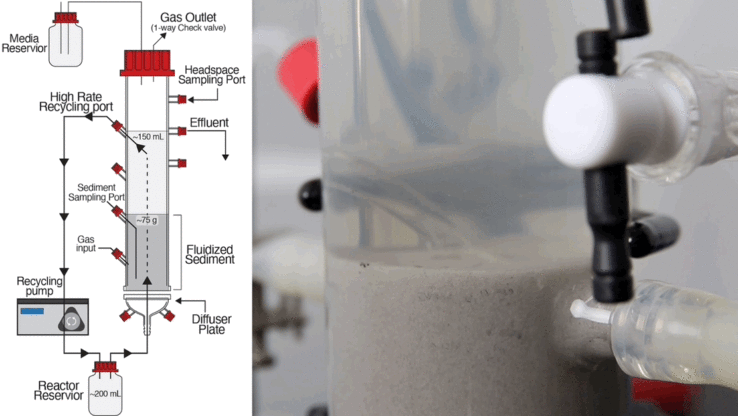New Open-Access Multiscale Model Captures Dynamic Molecular Processes in Unprecedented Detail
 isbscience.org/news/2014/07/15/new-open-access-multiscale-model-captures-dynamic-molecular-processes-in-unprecedented-detail/
isbscience.org/news/2014/07/15/new-open-access-multiscale-model-captures-dynamic-molecular-processes-in-unprecedented-detail/
3 Bullets:
- Microbes are efficient because their streamlined genomes allow them to evolve and adapt rapidly to complex environmental changes.
- Decoding the highly-compressed information within a microbial genome requires sophisticated systems biology tools to map the genetic programs, and understand how they are executed.
- ISB researchers invented novel algorithms to unzip and decode microbial genomes into the EGRIN 2.0, an open-access multiscale model that captures instructions for executing the dynamic molecular processes in unprecedented detail.
By Jake Valenzuela
In different social conditions, people turn on or off certain personality traits to suit the situation. Cells have genetic programs written in a four-letter language of DNA that allow them to do the same. Microorganisms store these genetic programs in a highly compressed format within their streamlined genomes, often reusing the same stretch of DNA to encode different types of information for cellular functions. Being able to elucidate these genetic programs and understand how, when, and why they are executed offers broad implications for medicine, the environment and industry.
Journal: Molecular Systems Biology
Title: A system-level model for the microbial regulatory genome
Authors: Aaron N. Brooks, David J. Reiss, Antoine Allard, Wei-Ju Wu, Diego M. Salvanha, Christopher L. Plaisier, Sriram Chandrasekaran, Min Pan, Amardeep Kaur, Nitin S. Baliga
In a new study published on July 15, 2014, in Molecular Systems Biology, researchers in the Baliga Lab at the Institute for Systems Biology discovered that microorganisms including E. coli and Halobacteria have complex programs to use and re-use the same genes in varying combinations to generate a large repertory of solutions for dealing with an array of complex environmental challenges. The discovery was based on EGRIN 2.0 (Environment and Gene Regulatory Influence Network), an open-access model that shifts the status quo from there is a genetic interaction, to when, how, and why there is an interaction.
EGRIN 2.0 is an unprecedented multiscale model that helps to predict and discover molecular mechanisms that execute genetic programs for responding to complex environmental changes. It was built using computer algorithms to unzip and decode gene regulatory programs contained within the genome of any microorganism.
Previous regulatory network models have made accurate predictions from differential gene expression based on environmental conditions. However, not until EGRIN 2.0 has a model provided such accurate and comprehensive detail into the regulatory programs that enable a single celled microorganism to tailor different cellular responses by reusing the same genes repeatedly. This provides a larger and more detailed map of how genes are interacting together and being influenced by their environment.
Knowledge of detailed instructions encoded within these regulatory programs will greatly increase the prospects of synthetic biology and our ability to re-engineer pathways in organisms for potential industrial, medical, and environmental application. By knowing when, where, and why an organism expresses certain traits greatly increases our ability to engineer and manipulate their capabilities for industrial and medical applications.
Related Baliga Lab Publications:
EGRIN (2007) http://www.sciencedirect.com/science/article/pii/S009286740701416X
cMonkey (2006) http://www.biomedcentral.com/1471-2105/7/280
Inferelator (2006) http://www.ncbi.nlm.nih.gov/pmc/articles/PMC1779511/?tool=pubmed
About Dr. Jake Valenzuela: Jake is a postdoc in the Baliga Lab and a member of the ISB Editorial Board.






